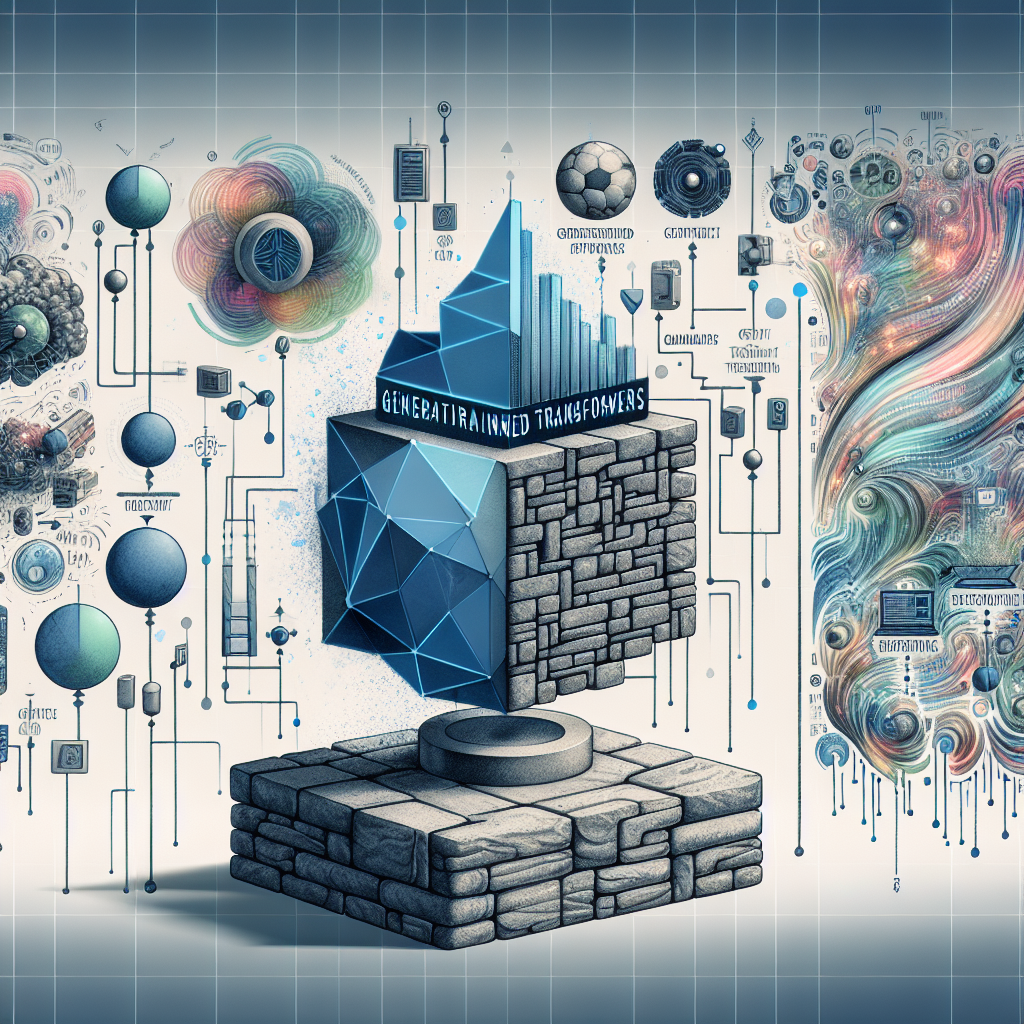In the rapidly evolving field of artificial intelligence, Generative Pre-trained Transformers (GPTs) have emerged as a cornerstone for natural language processing tasks. These models have revolutionized the way machines understand and generate human language, leading to significant advancements in various applications. This article delves into the intricacies of GPTs, tracks their evolution, highlights the features of the latest ChatGPT 4.0, and explores the popular versions and their unique capabilities.
Introduction to Generative Pre-trained Transformers (GPTs)
Generative Pre-trained Transformers, commonly known as GPTs, are a family of language models developed by OpenAI. These models leverage the transformer architecture to process and generate human-like text based on the input they receive. By pre-training on vast datasets and fine-tuning for specific tasks, GPTs can perform a wide range of language-related functions, from translation and summarization to conversation and content creation. Their ability to understand context and generate coherent text makes them invaluable tools in the realm of artificial intelligence.
Evolution and Milestones of GPT Models
The journey of GPT models began with GPT-1, which introduced the concept of pre-training a language model on a large corpus of text. This was followed by GPT-2, which significantly increased the model’s size and capabilities, leading to more coherent and contextually accurate text generation. GPT-3 took this a step further, boasting 175 billion parameters and showcasing unprecedented versatility in handling diverse language tasks. Each iteration has built upon the successes of its predecessors, culminating in the release of ChatGPT 4.0, which continues to push the boundaries of what AI can achieve in natural language processing.
Key Features of ChatGPT 4.0
ChatGPT 4.0 is the latest and most advanced version in the GPT series, offering numerous enhancements over its predecessors. One of its standout features is its improved ability to understand and generate contextually appropriate and nuanced responses. This is achieved through a combination of increased model size and more sophisticated training techniques. Additionally, ChatGPT 4.0 exhibits better handling of ambiguous queries and can maintain more coherent and extended conversations. Its robustness in generating human-like text makes it suitable for a variety of applications, including customer service, content creation, and interactive storytelling.
Popular Versions and Their Unique Capabilities
Among the various versions of GPT, each has its own set of unique capabilities that cater to different needs. GPT-2, for example, is known for its balance between performance and computational efficiency, making it a popular choice for applications where resources are limited. GPT-3, with its massive parameter count, excels in tasks requiring deep contextual understanding and creative text generation. ChatGPT 4.0, the latest iteration, combines the strengths of its predecessors with enhanced conversational abilities and better handling of complex queries. Each version has carved its niche, contributing to the broader adoption and integration of GPTs in various industries.
The development and evolution of Generative Pre-trained Transformers have significantly influenced the field of natural language processing. From the foundational GPT-1 to the sophisticated ChatGPT 4.0, each version has brought unique advancements and capabilities. Understanding these models and their specific features provides valuable insights into their potential applications and future developments. As AI continues to evolve, GPTs will undoubtedly play a pivotal role in shaping the future of human-machine interaction.


